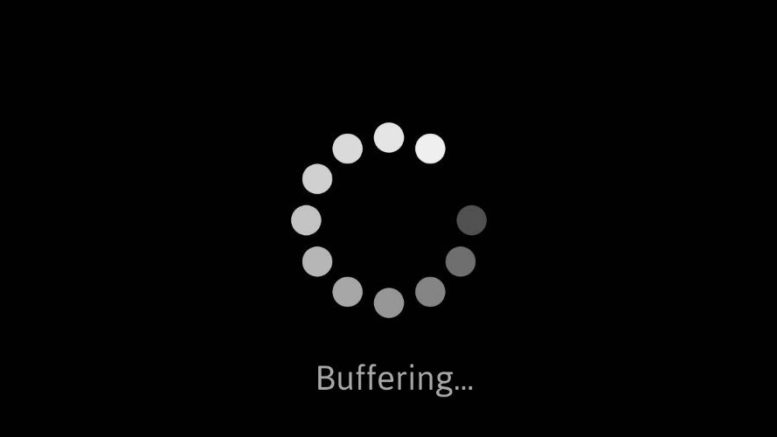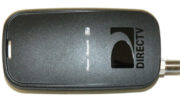OK, it’s not all their fault. But if you’re not getting the internet speed you paid for, the culprit may not be the internet company. OK it’s still sort of the internet company. It’s confusing. Maybe I should start at the beginning.
Here in the second decade of the 21st century, we tend to get our home internet from fiber optics. Generally, a fiber line comes to our neighborhood and from there it’s split and distributed to multiple homes and apartments. There are several factors in play already that could slow down your internet. Maybe the fiber is older and can’t carry enough data so the entire neighborhood can stream at the same time. Maybe the recommendation from corporate is that ten homes share one fiber line but there are really twenty connected. Maybe the switching equipment is old and can’t keep up.
No matter what, the source of slow internet is often that there is too much demand for the internet line that comes to the neighborhood. There may be a 500 megabit line to the neighborhood but split that among 20 homes and if everyone’s on at the same time then everyone gets 25 megabit, which may not be enough if there are three or four people in each home trying to stream.
How is this legal?
I know, you’re thinking, you paid for 75 megabit service and you deserve to get it. Hey, I agree but I’m not the problem. If you look at the fine print of the contract you signed, it probably tells you that 75 megabits is the maximum speed, not the typical speed. That’s the speed you’ll get at 3am as long as none of your neighbors are up.
Generally, sooner or later internet speeds get better, especially if you live somewhere with multiple options. If you can get faster internet from another company you’ll go with them, and the company with slower internet will either upgrade to keep up or eventually lose out in the marketplace. At some point, the internet gets so slow that going wireless becomes an option.
Yeah, what about wireless?
Wireless internet is growing by leaps and bounds. A decade ago, speeds were laughable and few people did more than check e-mails and very light web browsing. Cellular companies like AT&T are working hard to put in the next generation of LTE service, fast enough to compete with wired internet and with just as much capacity. It’s actually easier to add wireless capacity than to lay new fiber, since it requires no digging and fewer permits from cities and towns. It’s probably where everything is going in the next few years. Imagine a small antenna placed on your roof that supplies all your home’s internet needs. You will have a choice of several providers and competition will keep prices down.
But… that’s still probably a few years away. Until then, if you’re having problems streaming, go next door and ask the neighbors’ kids to knock it off. They’re probably the source of the problem anyway.





